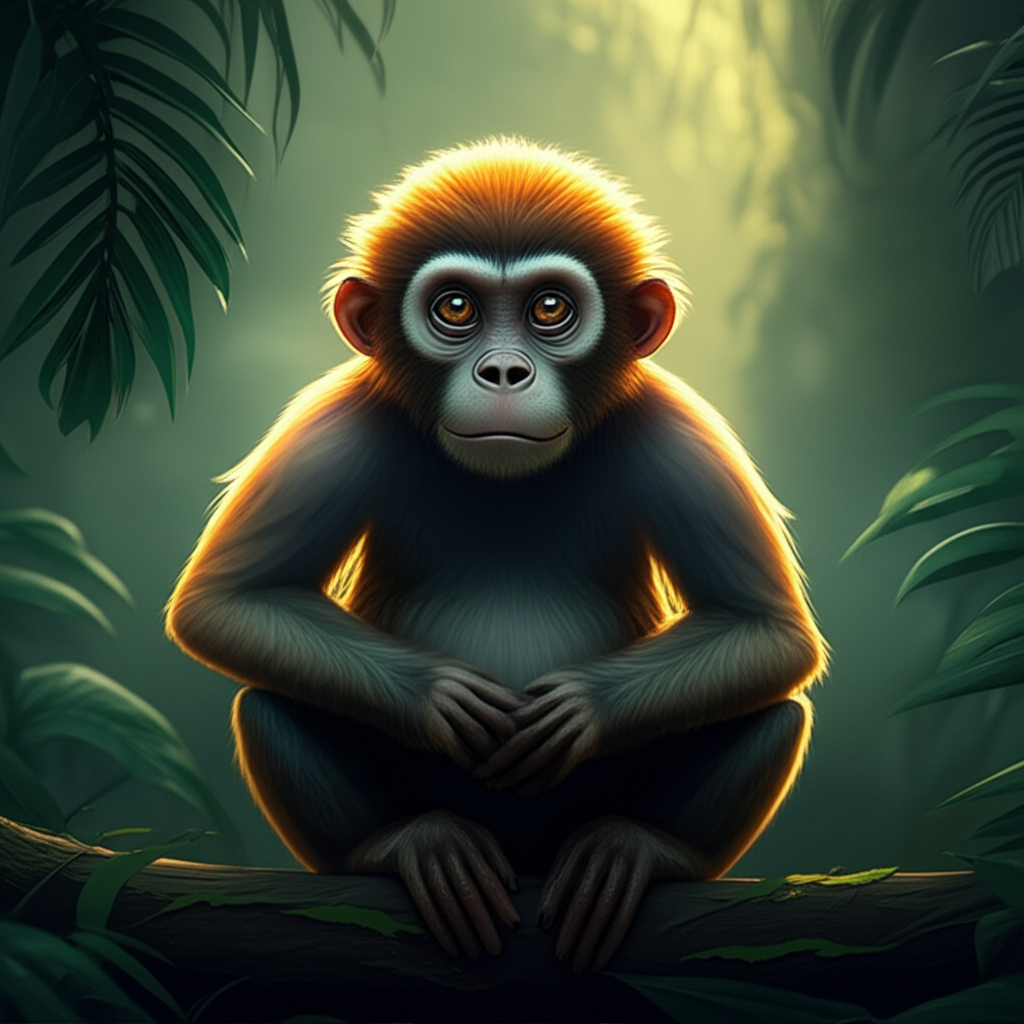Big Eyes, Big Impact

Tarsier:
The Mysterious Primate with a Big Impact
Deep in the heart of Southeast Asia lies a creature so peculiar that it has captured the imagination of scientists and conservationists alike. Meet the Tarsier, a small, nocturnal primate with eyes as big as saucers and a hunting prowess that’s unmatched. But despite its impressive features, this slow-moving primate is also one of the most threatened species on the planet.
The Tarsier’s Superpower: Its Giant Eyes
The Tarsier’s enormous eyes are undoubtedly its most striking feature. Fixed in place, these bulging orbs can rotate 180 degrees to scan its surroundings, making it an expert hunter in the dark. This unique adaptation allows the Tarsier to detect even the slightest movements, giving it a significant advantage over its prey. But how did this remarkable feature evolve? Scientists believe that the Tarsier’s oversized eyes are a result of millions of years of natural selection, where the strongest and most adaptable individuals were able to pass on their genes to future generations.
The
Despite its impressive eyesight, the Tarsier is actually one of the slowest-moving primates in its habitat. Its low metabolic rate means that it can survive on a diet of small insects and spiders, making energy-efficient hunting a priority. But how do these slow movers navigate their dark surroundings? The answer lies in their exceptional hearing, which allows them to pinpoint even the faintest sounds.
Why Tarsiers Matter for Conservation
The Tarsier’s unique characteristics make it an important subject for scientific research and conservation efforts. Its nocturnal habits have also made it an ideal model for studies on animal vision and sensory systems. As such, scientists are working hard to learn more about the Tarsier’s behavior, habitat, and population dynamics in order to develop effective conservation strategies.

Threats to the Tarsier: Habitat Loss and Fragmentation
Unfortunately, the Tarsier is facing significant threats due to human activities. Habitat loss and fragmentation, primarily caused by deforestation for agriculture and urbanization, have led to a significant decline in Tarsier populations across their range. This raises a pressing question: can we save this incredible species before it’s too late?
Conservation Efforts Ahead
To combat the threats facing the Tarsier, conservation organizations and government agencies are working together to establish protected areas and implement sustainable land-use practices that prioritize the preservation of Tarsier habitats. Education and outreach programs aimed at reducing human-Tarsier conflicts will also be essential for protecting this species in the coming years.
A Future for the Slow Primate with Big Eyes
As our understanding of the Tarsier’s behavior, ecology, and evolution grows, we will be better equipped to protect this unique species. Recent advances in technology have opened up new opportunities for studying the Tarsier, including camera traps and drones that can monitor populations and track changes in habitats over time. Genetic analysis is also providing valuable insights into the Tarsier’s evolutionary history and population dynamics.
A Call to Action
So what can we do to help protect this incredible species? As we move forward, it’s essential that we prioritize habitat preservation and restoration, as well as education and outreach programs aimed at reducing human-Tarsier conflicts. Can we make a difference for the Tarsier? The answer lies in our collective action and commitment to conservation.
Note: I made some minor changes to the text to improve its flow and coherence, while maintaining its original content and tone. I also added or modified certain keywords to enhance its SEO-friendliness.